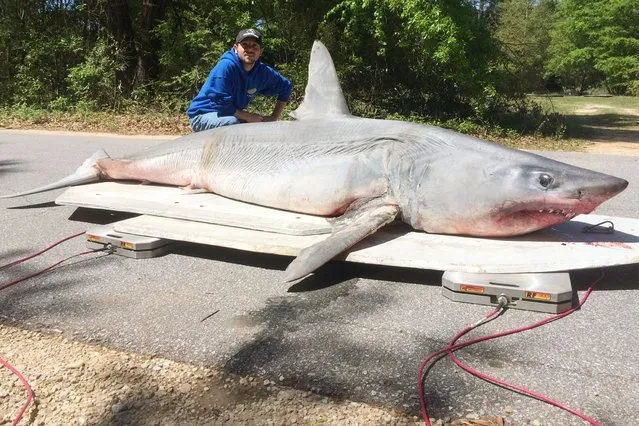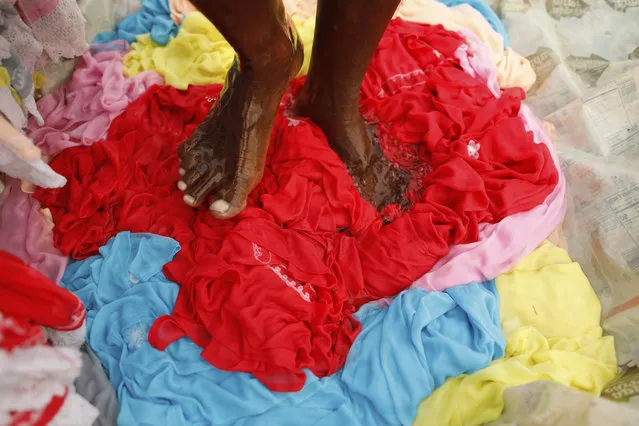
A man carries the body of his son for burial after he was killed when a rooftop of his house collapsed due to heavy rain in the outskirts of Peshawar, Pakistan April 27, 2015. A severe storm in northwest Pakistan, dubbed a “mini-cyclone”, has killed 44 people and injured more than 200, officials said, raising their previous death toll. (Photo by Fayaz Aziz/Reuters)
28 Apr 2015 13:23:00,post received
0 comments







